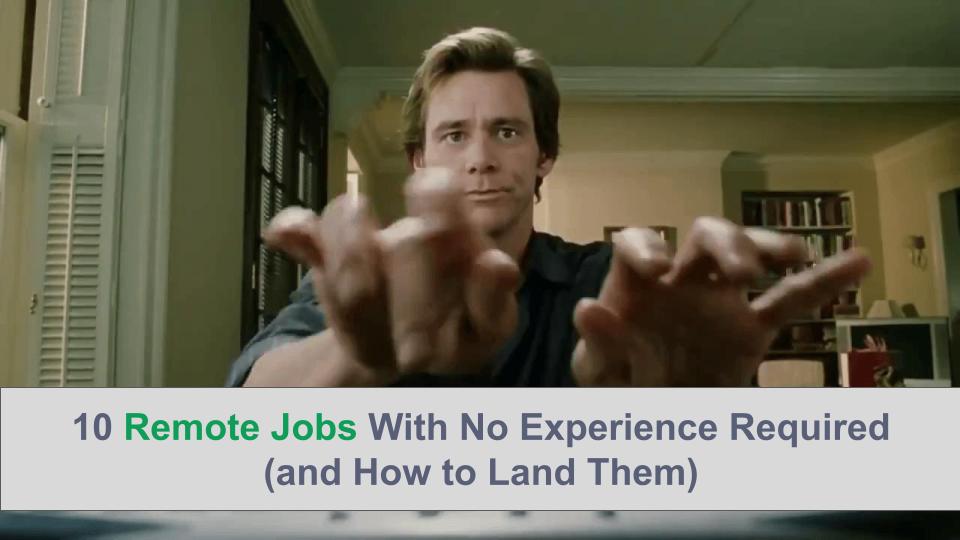Remote work is here for good.
When you’re not bound by geography or time zone, you have functionally an unlimited number of job opportunities. But if you’ve never worked for a remote company:
- Where do you start?
- What jobs are good?
- Which ones pay well?
- Which ones are scams?
- Where do you find these jobs?
- How do you stand out when you’re competing with anyone with Internet access?
In the last 10 years, I worked 4 different jobs in different industries (Hollywood, online education, technology). These jobs had two things in common:
- They were all remote
- I had no experience in any of the roles
But along the way, I met other ambitious people who followed this alternative career trajectory. They made remote work a critical component of their careers. They started with little to no experience. And many were also breaking into the tech industry for the first time.
Remote jobs with no experience required
Reflecting on our combined experiences, I realized: there are great remote jobs with no experience required out there. You just need to know what they are, where to find them, and how to stand out when applying. That’s what we’ll cover in this post.
First, we’ll talk about remote jobs to avoid.
Next, we’ll dig into 10 remote jobs with no experience required.
Finally, you’ll also learn principles to stand out when applying for ANY remote job.






